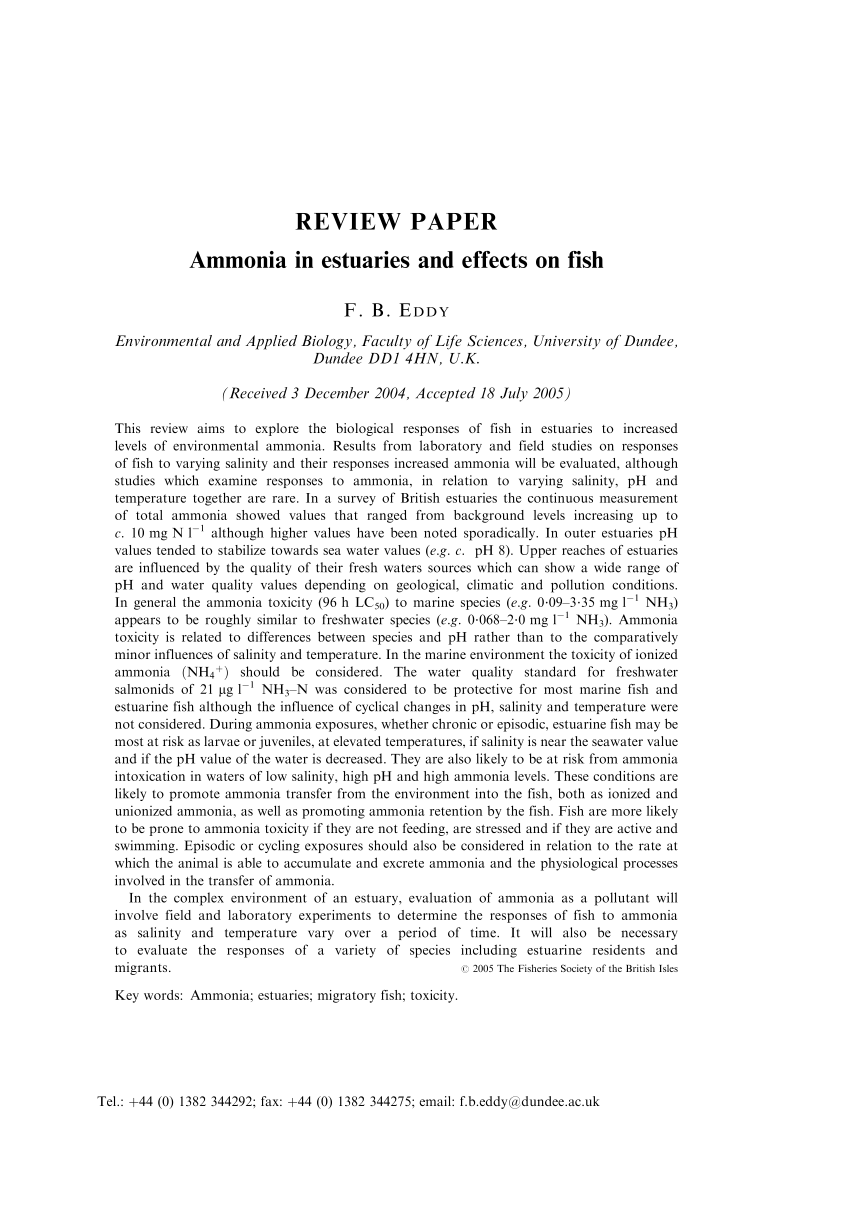Team Im wanting to offer to buy someone some cycling bacteria and two clownfish to track the effects of fish-in cycling.
we want to see if it burns fish or not
fish in cycling is absolutely on -fire taking off, can't be debate its a million dollar industry
and nobody has bothered to spot check it
we want to see if ammonia ever climbs to ld50 levels during fish in cycles, start with biospira brand then we'll work up. Ill pay pal you after we reach agreements.
Hoping to find someone interested in forwarding cycling science who already has an empty nano reef, doesnt mind setting up a test run, and can provide their own wet sand and dry rock/which comprise about 75% of all fish-in cycle threads (the rest are live rock transfer cycles which are true skip cycles, already verified by multiple seneyes)
Ill buy bottle bac and fish and you set up a seneye or mindstream tracking to see if free ammonia ever reaches in the tenths ppm. we can make reef article gold off this data. keep the fish when done and do something fun with them. Im 100% not interested in non seneye/ non mindstream data unless its some calibrated lab gear etc off scholar. not accepting api, red sea, salifert etc
we want to see if it burns fish or not
fish in cycling is absolutely on -fire taking off, can't be debate its a million dollar industry
and nobody has bothered to spot check it
we want to see if ammonia ever climbs to ld50 levels during fish in cycles, start with biospira brand then we'll work up. Ill pay pal you after we reach agreements.
Hoping to find someone interested in forwarding cycling science who already has an empty nano reef, doesnt mind setting up a test run, and can provide their own wet sand and dry rock/which comprise about 75% of all fish-in cycle threads (the rest are live rock transfer cycles which are true skip cycles, already verified by multiple seneyes)
Ill buy bottle bac and fish and you set up a seneye or mindstream tracking to see if free ammonia ever reaches in the tenths ppm. we can make reef article gold off this data. keep the fish when done and do something fun with them. Im 100% not interested in non seneye/ non mindstream data unless its some calibrated lab gear etc off scholar. not accepting api, red sea, salifert etc
Last edited:




















